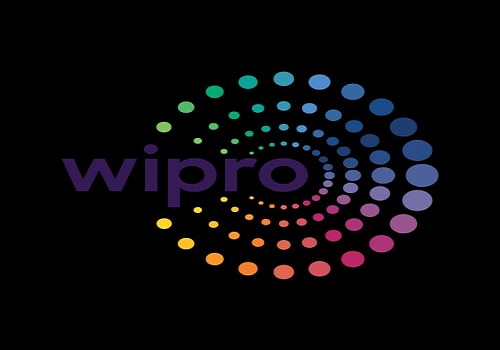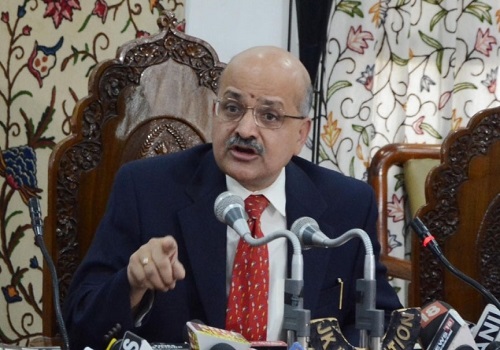Banks’ outlook likely to be stable amid improvement in credit growth of 8.9-10.2% in FY23: ICRA

Follow us Now on Telegram ! Get daily 10 - 12 important updates on Business, Finance and Investment. Join our Telegram Channel
https://t.me/InvestmentGuruIndiacom
Download Telegram App before Joining the Channel
Rating agency ICRA in its latest report has said that the outlook for banks is expected to be stable amid improvement in credit growth of 8.9-10.2 per cent and decline in provisions in the current fiscal (FY23). In terms of asset quality, it said the Gross Non-Performing Advances (GNPAs) of banks are expected to decline to 5.6-5.7 per cent by March, 2023 as against estimate of 6.2-6.3 per cent by March, 2022 while the net non-performing advances will decline to 1.7-1.8 per cent as against estimate of 2 per cent by March 2022.
According to the report, credit growth would come from non-food segment borrowing which continues to be driven by retail and MSME segments, and partially by co-lending arrangements with non-banking finance companies (NBFCs). In the wholesale credit segment, it said growth will be supported by demand shift from debt capital market to bank credit in a rising yield scenario as was seen in FY19. It expects treasury income to decline materially during FY23 in a rising bond yield scenario. Credit and other provisions are estimated to decline to 1.3-1.4 per cent of advances in FY23 as against estimated 1.7-1.8 per cent in FY22. On the other hand, the deposit growth is expected to slowdown to 7.3-7.9 per cent in FY23 as against 8.3 per cent estimated in FY22.
In terms of regulatory and growth capital requirements, the report said public sector banks will be self-sufficient in FY23 while the incremental capital requirement for private sector lenders are estimated at less than Rs 10,000 crore. It also said credit growth will reduce liquidity surplus in the banking system to Rs 1.5-2.5 lakh crore, and RBI may also suck out surplus liquidity. It added that major growth drivers will be strong corporate credit ratio, tightened underwriting in retail and MSME segments, reducing bounce rates and improving collections.










Tag News

Monthly Debt Market Update, September 2023: CareEdge Ratings












